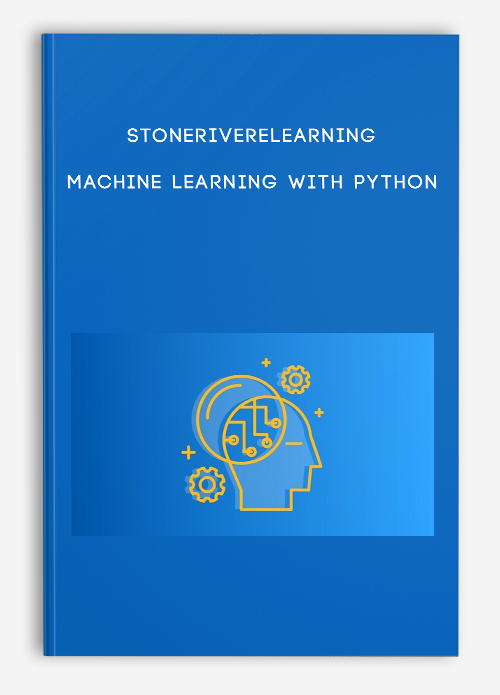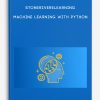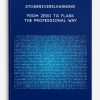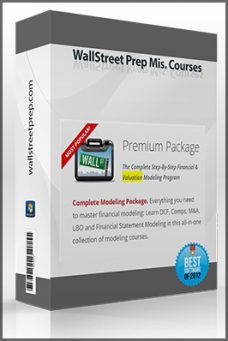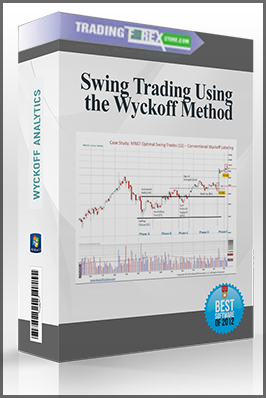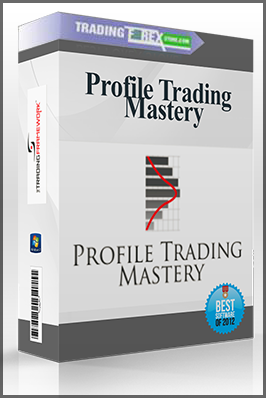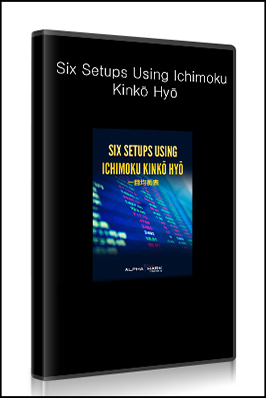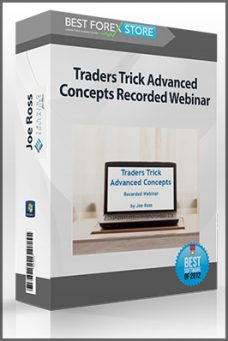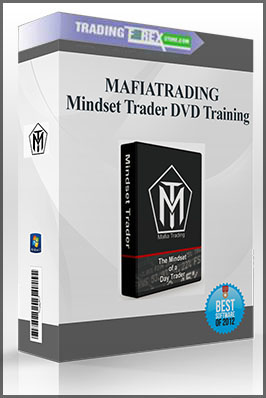Stoneriverelearning – Machine Learning with Python
$35.00
Product Include:
File size:
- Description
Description
Stoneriverelearning – Machine Learning with Python
**More information:
Get Stoneriverelearning – Machine Learning with Python at bestoftrader.com
Description
If you’re plugged into the tech industry, you’ll know that two things have been making consistent waves in many areas over the past few years; machine learning and Python. What happens when you combine the new gold standard programming language with the most significant tech development in areas such as financial trading, online search, digital marketing and even data and personal security (among others)? Great things, that’s what. This course will show you what’s what, and get you started on becoming a machine learning guru.
Learn the New Future of Programming
- Understand what machine learning is and what it can do
- Discover how Python utilises machine learning
- Build machine learning processing from the ground up
- Delve into complex logic and data structures
Increase Your Python Expertise
If you have a desire to learn machine learning concepts and have some previous programming or Python experience, this course is perfect for you. If you’re more of a beginner than an intermediate, don’t worry; each module starts with theory to explain upcoming concepts. Once you’re comfortable, you’ll put your knowledge into practice with a code walk through.
The goal of this course is to build procedural machine learning from the ground up. Writing processing from scratch allows students to gain a more in-depth insight into data processing, and as each machine learning app is created, explanations and comments are provided to help students understand why things are being done in certain ways. Each code walk through also shows the building process in real time.
The course begins with an introduction to machine learning concepts, after which you’ll build your first machine learning application. Following that, we look at data analysis, linear algebra, natural language processing and clustering, all within the context of Python. At the end of the course, you’ll be issued with a certificate of completion and will have gained a full introduction into the world of machine learning with Python.
What is Machine Learning?
Machine learning is a method of data analysis that essentially allows computers to ‘learn’ on their own without being explicitly programmed. For example, when you stop scrolling through Facebook to read a friend or a page’s post, algorithms automatically work to make sure you’ll see more content from those sources earlier in your news feed in future.
We guarantee that all our online courses will meet or exceed your expectations. If you are not 100% satisfied with a course – for any reason at all – simply request a full refund.
That’s our promise to you. We hate games, gimmicks and tricks as much as you do. We guarantee no hassles if you want a refund, so ahead and order with confidence. You have absolutely nothing to lose.
Course Curriculum
-
Start
Course Introduction (2:02)
-
Start
Section Introduction (0:38)
-
Preview
Supervised and Unsupervised Learning (8:34)
-
Start
Semi-Supervised Learning (4:25)
-
Start
Section Summary (0:23)
-
Start
Section Introduction (1:49)
-
Preview
Installing the Environment (2:54)
-
Start
Hello World (7:34)
-
Start
Installing Aaconda and Deep Learning Libraries (10:18)
-
Start
Email Spam Checker – Part 1 (7:09)
-
Start
Email Spam Checker – Part 2 (13:39)
-
Start
Email Spam Checker Results (8:35)
-
Start
Iris 70:30 – Part 1 (8:56)
-
Preview
Iris 70:30 – Part 2 (9:18)
-
Start
Section Summary (0:44)

